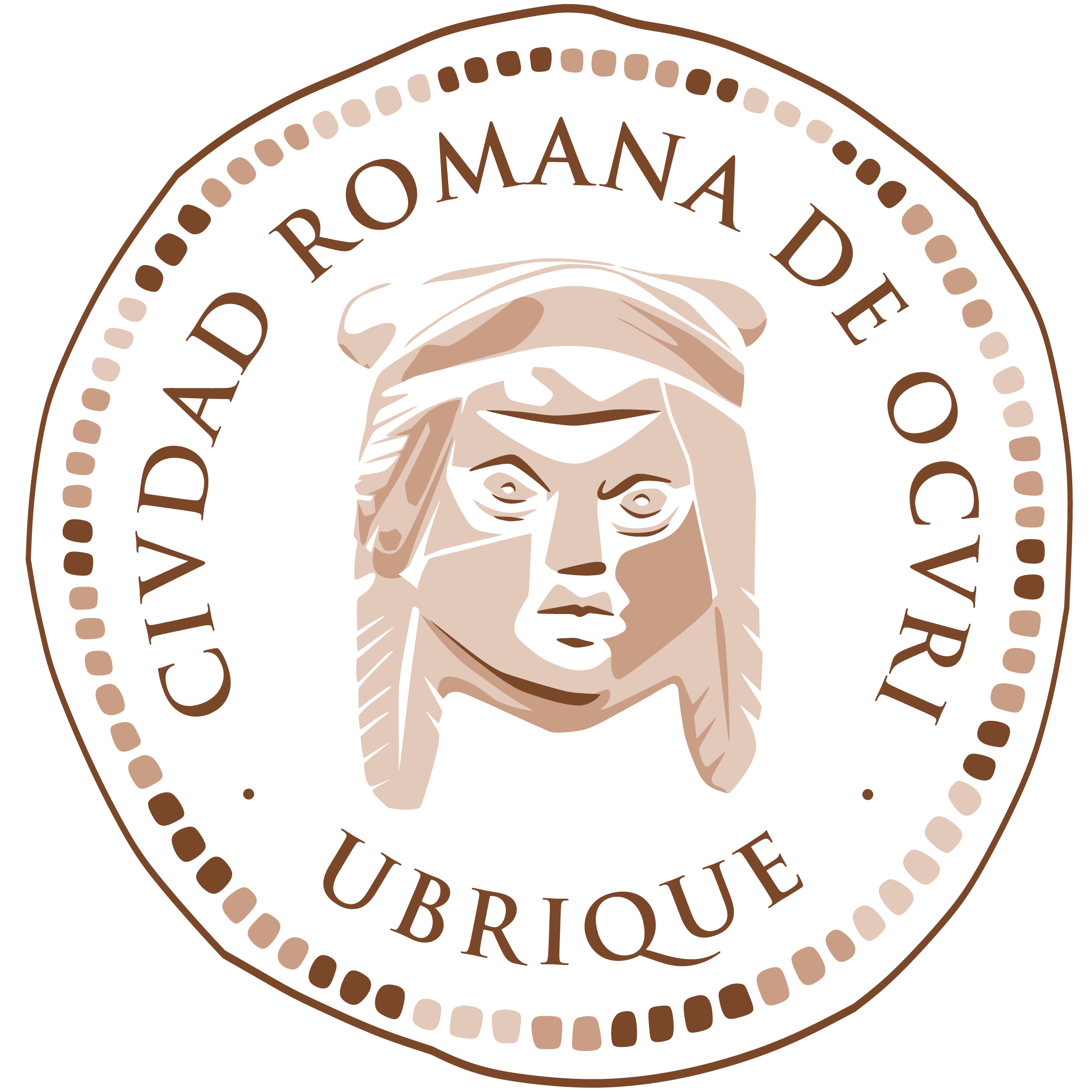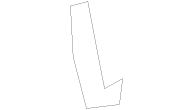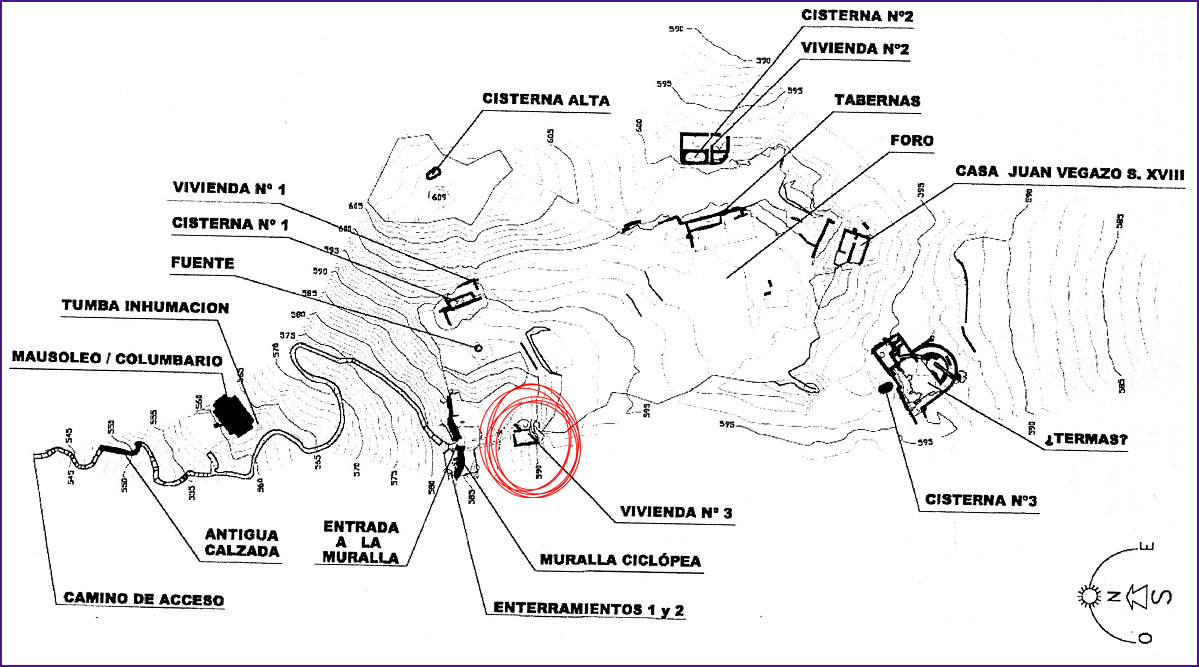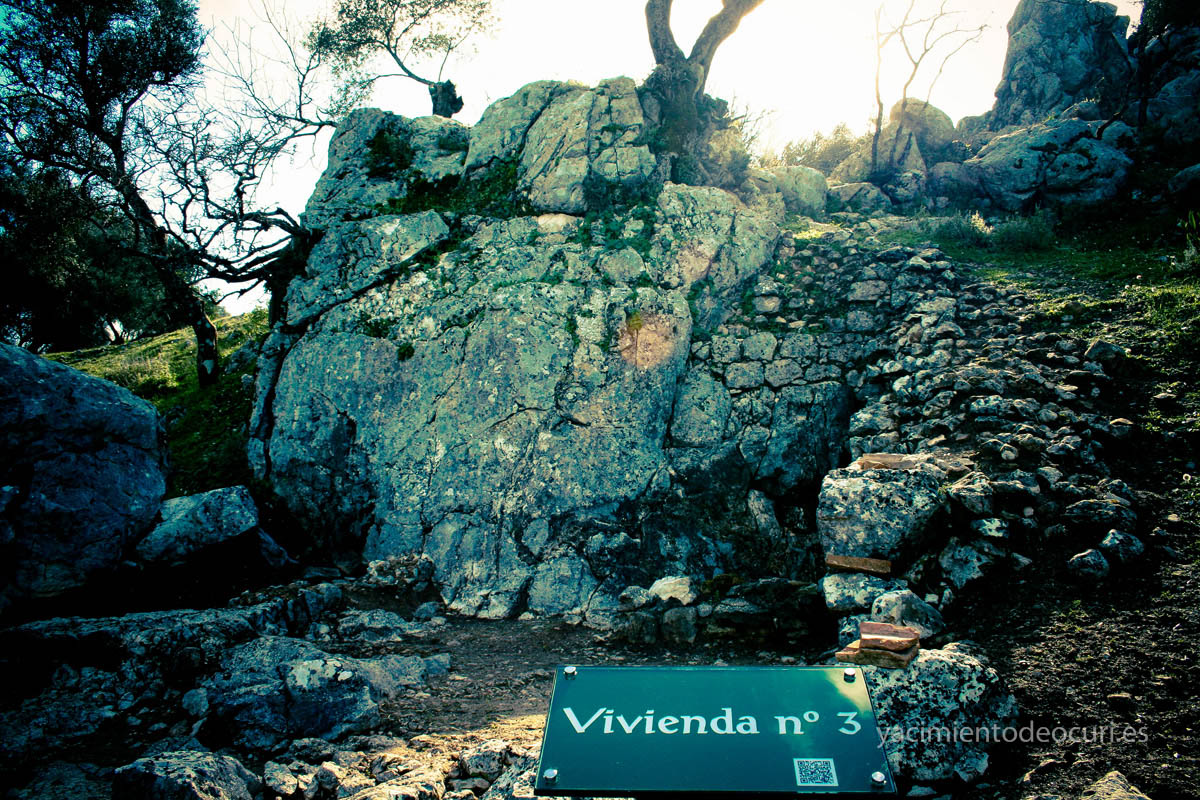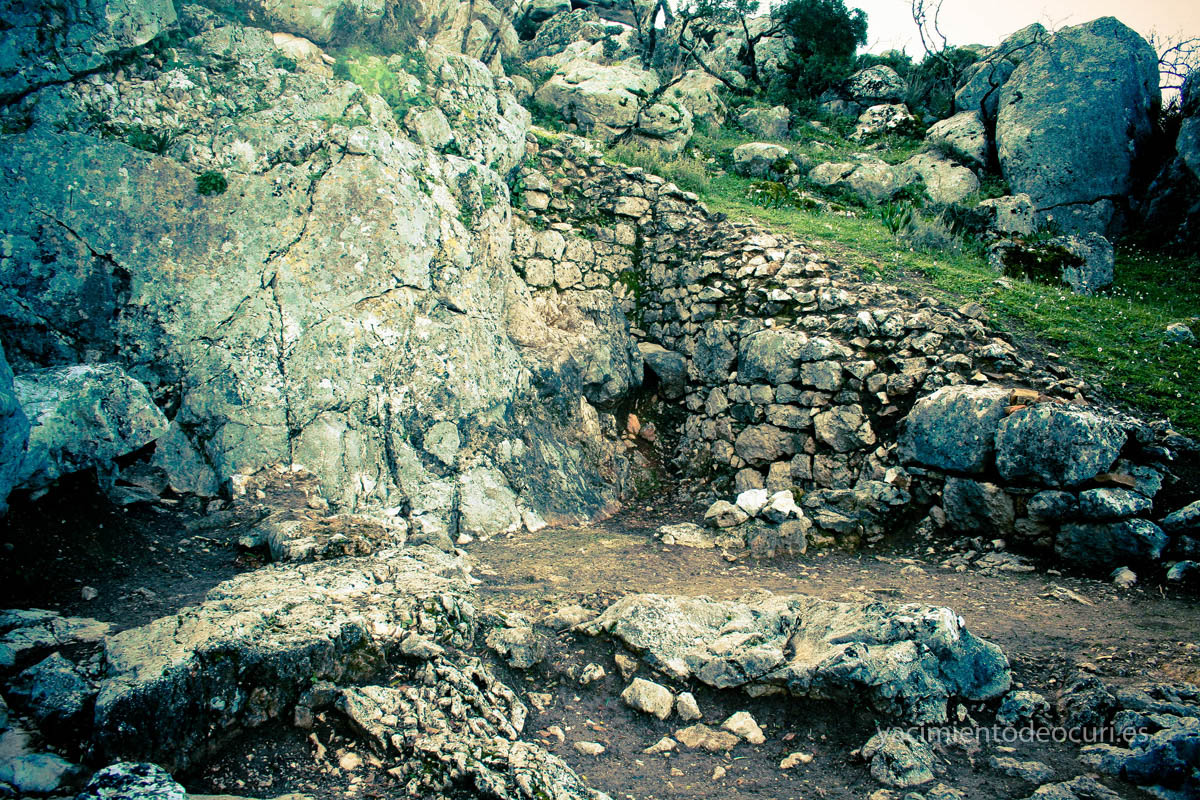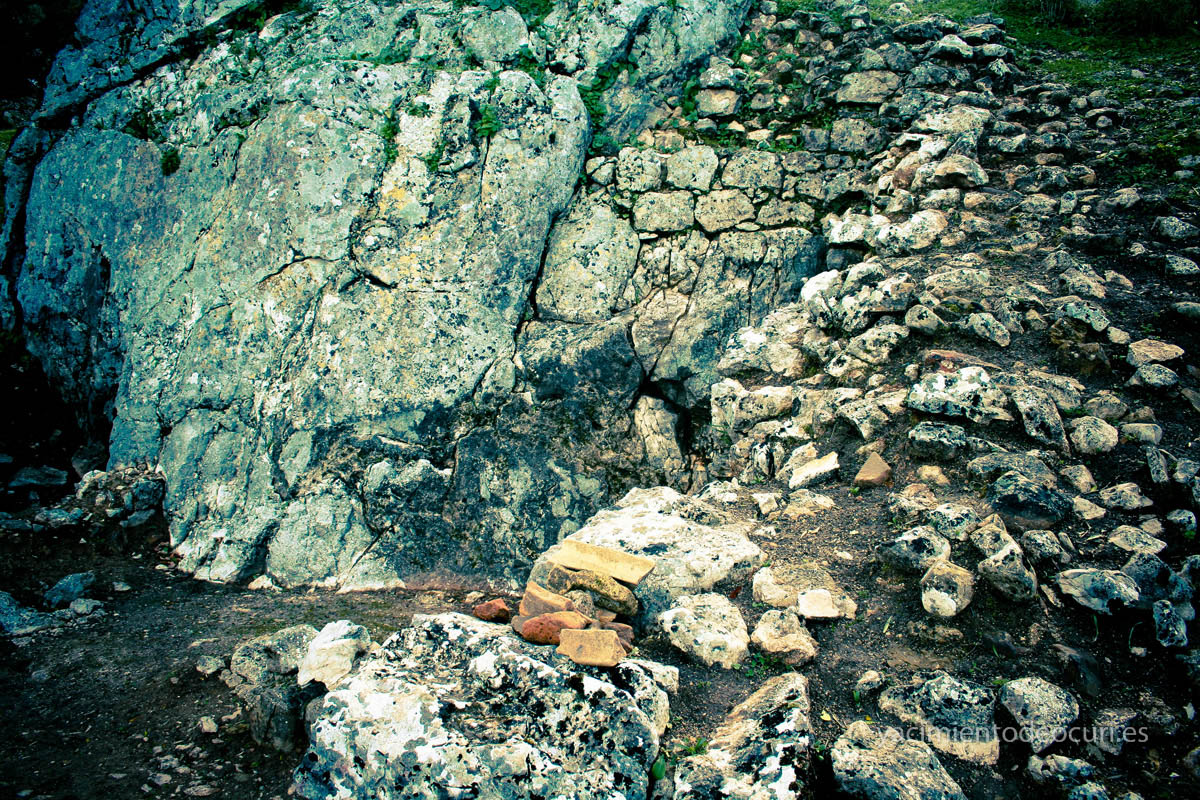Description
Located just behind the Cyclopean Wall, it consists of the remains of a small, rectangular-shaped building made of limestone and attached to a rock wall that forms one of its walls. It has a surface area of about 20 square metres. Inside, two rooms can be distinguished, one of which may have been a kitchen, as the remains of a hearth full of coals and ashes were excavated in 2001. During this excavation, it was also possible to document the collapse of the roof of this dwelling (tegulae, shingles, bricks, nails from the beams, etc.), which allowed the domestic occupation level to be fairly well preserved.Numerous animal skeletal remains, common and kitchen ceramics were recovered, including a large ceramic container for provisions, which could be fully restored, somewhat scarcer luxury ceramics and some coins. It is also important to note the remains of mortar and numerous fragments of red-painted stucco, indicating that the walls may have been plastered and painted. The ceramic assemblage and the coins date the occupation of this dwelling to between the mid-1st and mid-2nd centuries AD.
